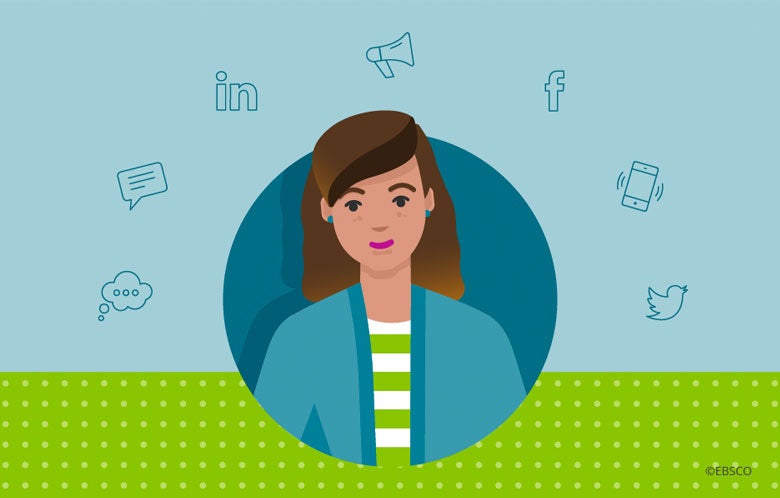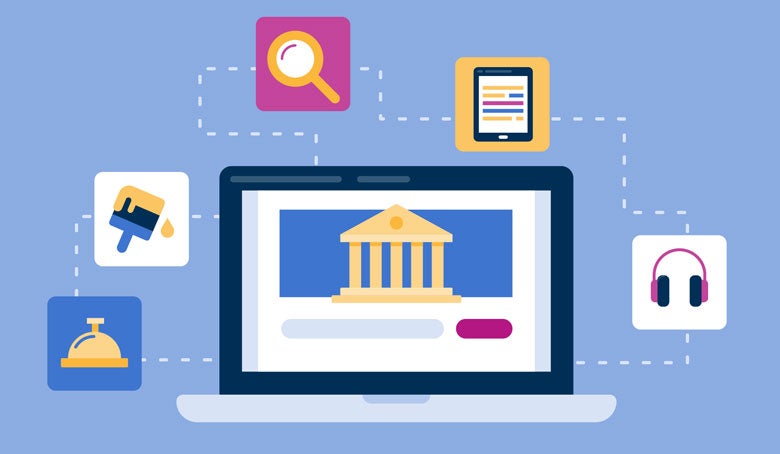Just like the people it serves, the modern library is ever-evolving. With developments in technology and communication, it’s more important than ever for librarians to know how to relate to and accommodate its patrons. Although it may seem a difficult task to tackle, there are practical and simple steps readily available that can facilitate the life of every librarian. Here are a few of them.
When it comes to the community-library relationship:
- Community first, library second. Before you can offer library services and programs that people need, you must find out what they need. Needs assessments are typically conducted prior to strategic planning to inform the planning process and utilize existing data and results and analysis of surveys, questionnaires, interviews, observations and focus groups, for example, about people in the community and surrounding areas. Thoroughly assessing community needs involves 1) compiling existing data about them and 2) conducting a comprehensive needs assessment. It is important to include the entire population when you are assessing needs and to remember that community needs assessments are people focused, not library focused.
- Evaluation breeds improvement. To conduct useful evaluations, it is essential to first know your library’s mission or purpose. When your project design has measurable objectives, evaluations and the methods you use become a natural result of those objectives. The most appropriate evaluation method is the one that yields the strongest data to measure the particular goals and objectives of the program or service you are evaluating. Librarians must embrace evaluation as an important aspect of librarianship and build it into their work. When finished, let others know about your accomplishments by using evaluation data to show benefits for people. If you don’t evaluate what you are doing, you are likely to keep doing what you have always done, even if it is not working.
For collaborative grant-making:
- Make your grant application unique. Grant-training workshops that analyze awarded grant documents are options for providing hands-on practical learning experiences. Further, when a librarian serves as a partner on a grant application, his or her involvement can enhance the application’s competitiveness.
- Emphasize evidence and practical experience. An information-rich opening paragraph gives reviewers all the basic information about a project to facilitate the application evaluation and deliberation process. Even though a Project Description is not required by the sponsor’s guidelines, the project team should determine the best place, within the first page of the narrative, to include specifics about the project’s goals and objectives. There is nothing more important than including evidence-based information within sections describing the need for or significance of a project.
- Be thorough and complete. If you can assume that the reviewers know nothing about your project, this helps ensure that you will provide them with all the necessary information to evaluate your grant proposal. The project team should reserve at least four days to finalize content, seek approvals and complete the sponsor’s remaining application requirements. This time frame will prove to be invaluable in achieving the team’s goal of submitting a proposal package that is nothing less than excellent.
These five tips are from two of Rowman and Littlefield’s professional books: Meeting Community Needs: A Practical Guide (December 2015) by Pamela H. MacKellar and Collaborative Grant-Seeking: A Practical Guide for Librarians (April 2016) by Bess G. De Farber.
Tips like these make everyday 21st century library work both easier and more successful. These are just two out of the 24 books in Rowman and Littlefield’s A Practical Guide for Librarians series that covers topics ranging from technology to children’s programs. Straightforward and hands-on, this series is an invaluable resource for any librarian looking to expand their library’s reach into their community and beyond.


